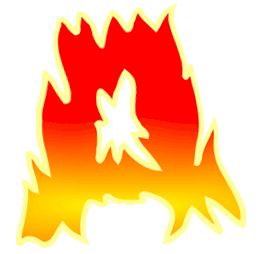-
Physical quantities are either scalars or vectors.
-
Scalars don’t have a direction.
-
Vectors have a direction.
-
-
SI units
-
SI base units include:
-
m
-
kg
-
s
-
A
-
K
-
-
Derived units are based on base units, for example:
-
m/s
-
m/s2
-
N (which really means kgm/s2)
-
-
-
Prefixes can be used if a unit is too big or too small for a purpose.
-
mega (M) means 1,000,000
-
kilo (k) means 1,000
-
deci (d) means 1 / 10
-
centi (c) means 1 / 100
-
milli (m) means 1 / 1,000
-
micro (µ) means1 / 1,000,000
-
-
Length measuring instruments
-
Ruler or measuring tape has an accuracy of ±1mm.
-
Vernier calipers has an accuracy of ±0.1mm.
-
Micrometer screwguage has an accuracy of ±0.01mm.
- To measure length using vernier calipers or micrometer screwguage:
-
Length = Main scale reading + Minor scale reading x Accuracy
-
Time measuring instruments
-
Stopwatch has an accuracy of ±0.01s
-
Ticker-tape timer has an accuracy of ± (1 / 50) of a second or ± (1 / 60) of a second.
-
Pendulum clock
-
-
Pendulum
-
Oscillation is a vibration.
-
Time-period is the time taken for one oscillation.
-
Amplitude is the maximum displacement from central position.
-
A pendulum of a particular length has a constant time-period. It is not affected by amplitude.
-
Go back to table of contents



